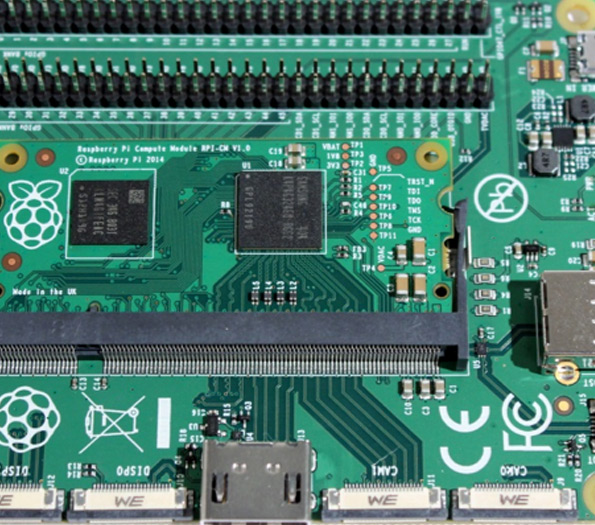

The Art and Craft of Decorative Glass Manufacturing
Decorative glass has long been cherished for its ability to transform spaces and create engaging visual experiences. The process of manufacturing decorative glass is an intricate art that combines traditional craftsmanship with modern technology. This industry not only caters to aesthetic needs but also enhances the architectural and artistic appeal of various environments such as homes, offices, and public spaces.
Understanding Decorative Glass
The term decorative glass encompasses a wide array of glass products designed for artistic and aesthetic purposes. This includes stained glass, etched glass, frosted glass, blown glass, and glass mosaics, among others. Each of these types offers distinct characteristics and applications, catering to diverse tastes and creative visions. Stained glass, for example, has historical significance, often seen in churches and cathedrals, while contemporary designs use etched glass to create elegant partitions in modern interiors.
The Manufacturing Process
The manufacturing of decorative glass involves several key processes, beginning with raw materials. Silica sand, soda ash, and limestone form the primary ingredients for glass. These materials are melted together at high temperatures to create molten glass, which can then be shaped and manipulated.
1. Melting The first step in making decorative glass begins with the melting of raw materials in a furnace. The melting process requires precise temperature control to ensure a uniform and high-quality glass product.
2. Forming Once the glass is molten, it can be formed into desired shapes using various techniques. Common methods include blowing, casting, and pressing. In the case of blown glass, artisans skilled in the ancient technique use a blowpipe to shape the glass, adding intricate designs as the glass cools.
3. Decorating After forming, the glass can be further enhanced through various decorative techniques. This might include painting, etching, sandblasting, or applying different finishes. Etching, for example, involves using acid to create designs on the surface of the glass, resulting in a frosted appearance that diffuses light beautifully.
4. Annealing Once the decorative processes are completed, the glass must be slowly cooled through a process called annealing. This step is crucial as it relieves internal stresses within the glass, ensuring durability and stability.

5. Quality Control Finally, each piece goes through rigorous quality control checks. Manufacturers assess the glass for clarity, surface consistency, and overall craftsmanship to ensure that it meets high standards before it reaches the customer.
Innovations in Decorative Glass Manufacturing
The industry has seen significant innovations in techniques and technologies over recent years. Computer-aided design (CAD) software allows designers to create intricate patterns with precision, leading to an elevation in artistic expression. Additionally, advancements in printing technology enable the application of photographs and complex designs onto glass surfaces, providing endless possibilities for customization.
Moreover, sustainability has become a priority in many manufacturing processes. Eco-friendly approaches often involve recycling glass, which not only reduces waste but also minimizes the carbon footprint of production. Decorative glass manufacturers are increasingly employing techniques that use less energy and incorporate sustainable practices into their operations.
Applications of Decorative Glass
The versatility of decorative glass makes it suitable for a myriad of applications. In residential settings, it is used in windows, doors, and interior design elements such as room dividers and shower enclosures. In commercial environments, decorative glass can be found in storefronts, office partitions, and architectural accents that enhance the overall ambiance.
Public spaces are also embracing the use of decorative glass in features like installations, art pieces, and signage. Museums, galleries, and even parks are integrating this medium not only for its beauty but also as a means of storytelling and interaction within the space.
Conclusion
The world of decorative glass manufacturing is a fascinating blend of artistry and technology. From the melting of raw materials to the intricate finishing processes, each step is carefully orchestrated to result in stunning pieces that captivate and inspire. As both techniques and trends evolve, decorative glass continues to play a vital role in enriching our surroundings, embodying the spirit of creativity and innovation in the craft. As consumers seek unique and personalized designs, the decorative glass industry is poised for growth, promising to keep captivating us with its timeless beauty for generations to come.